SEARCH
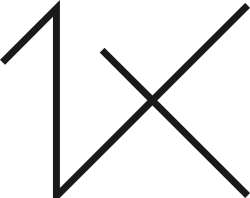
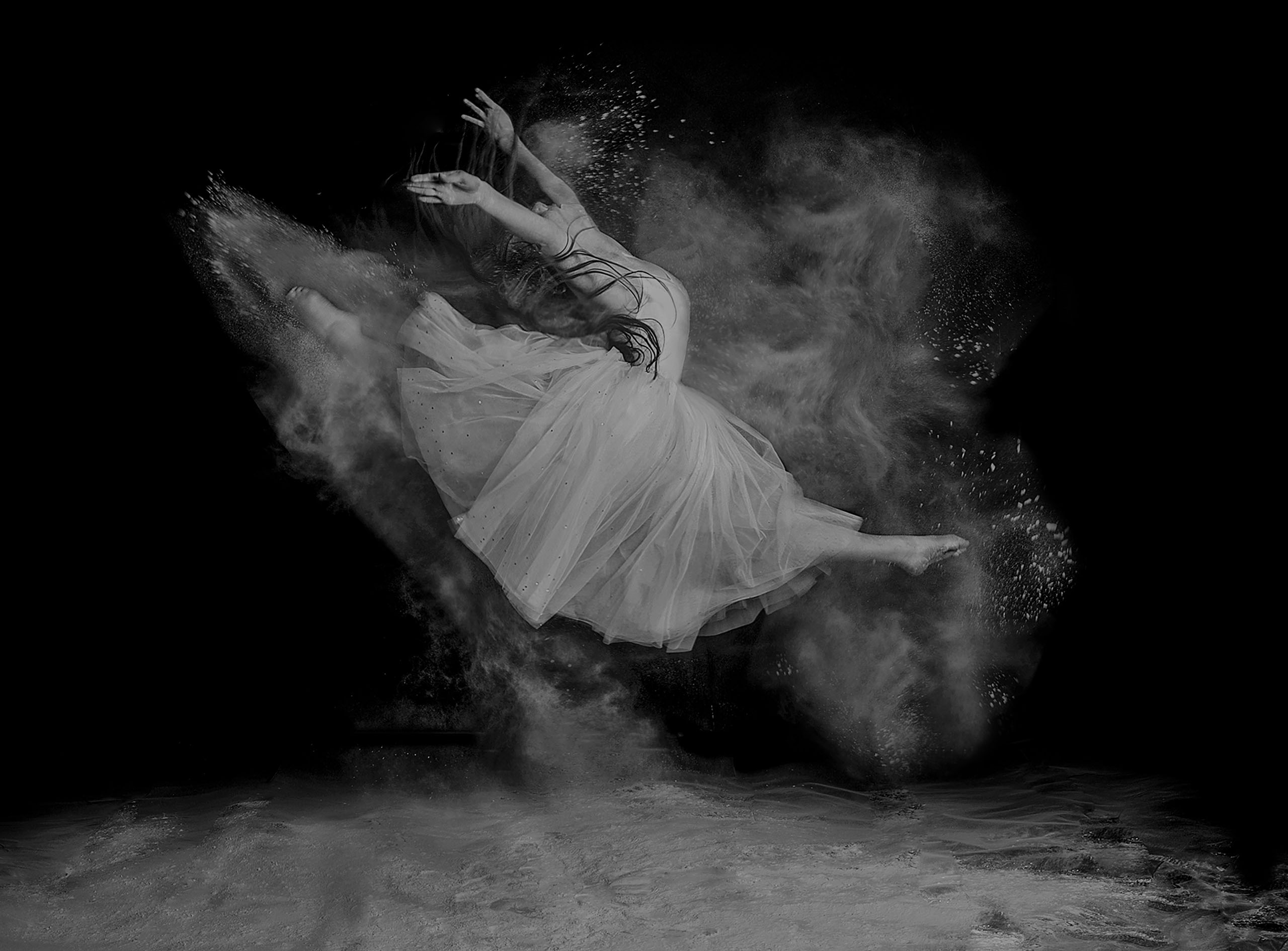
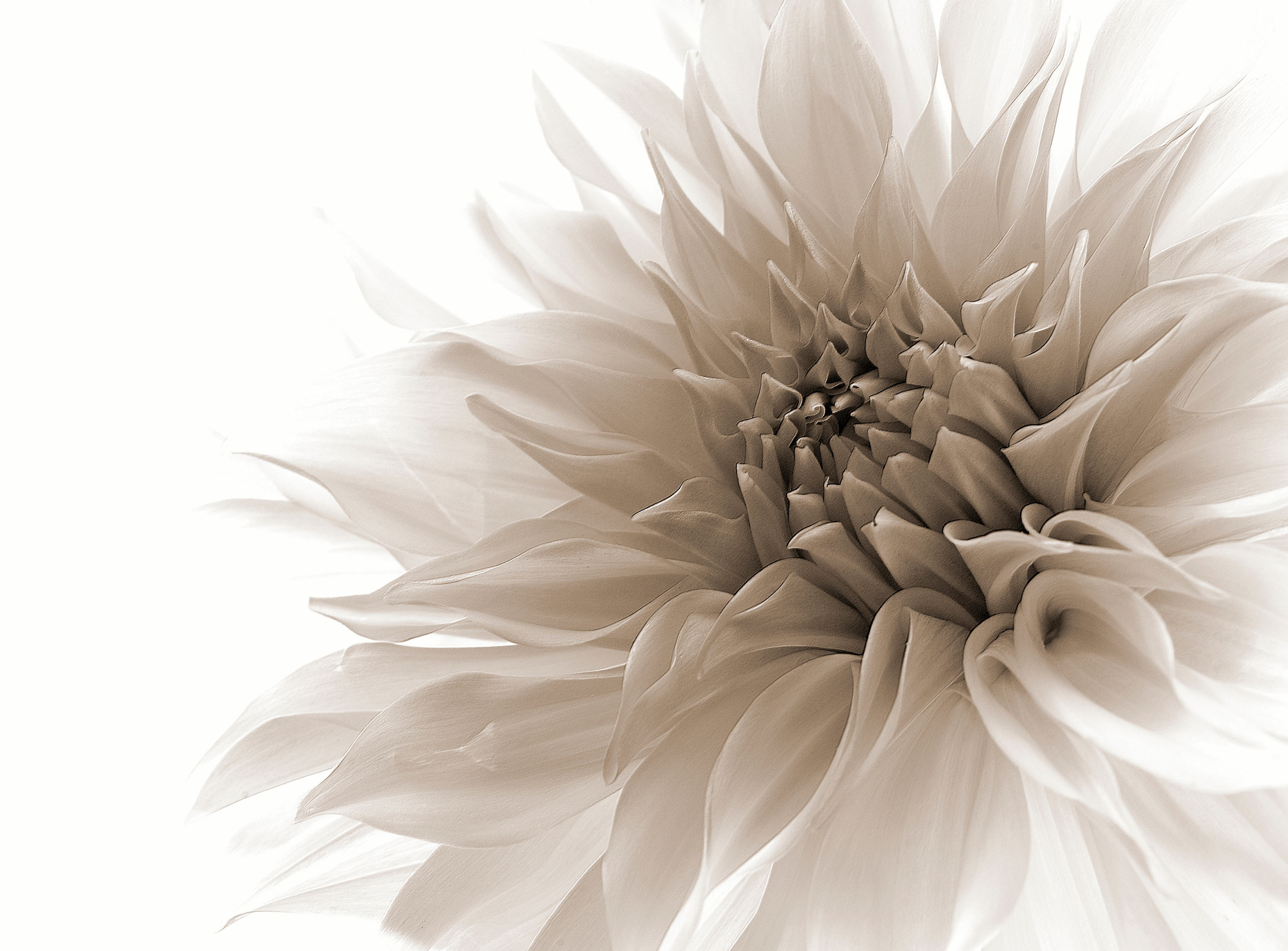
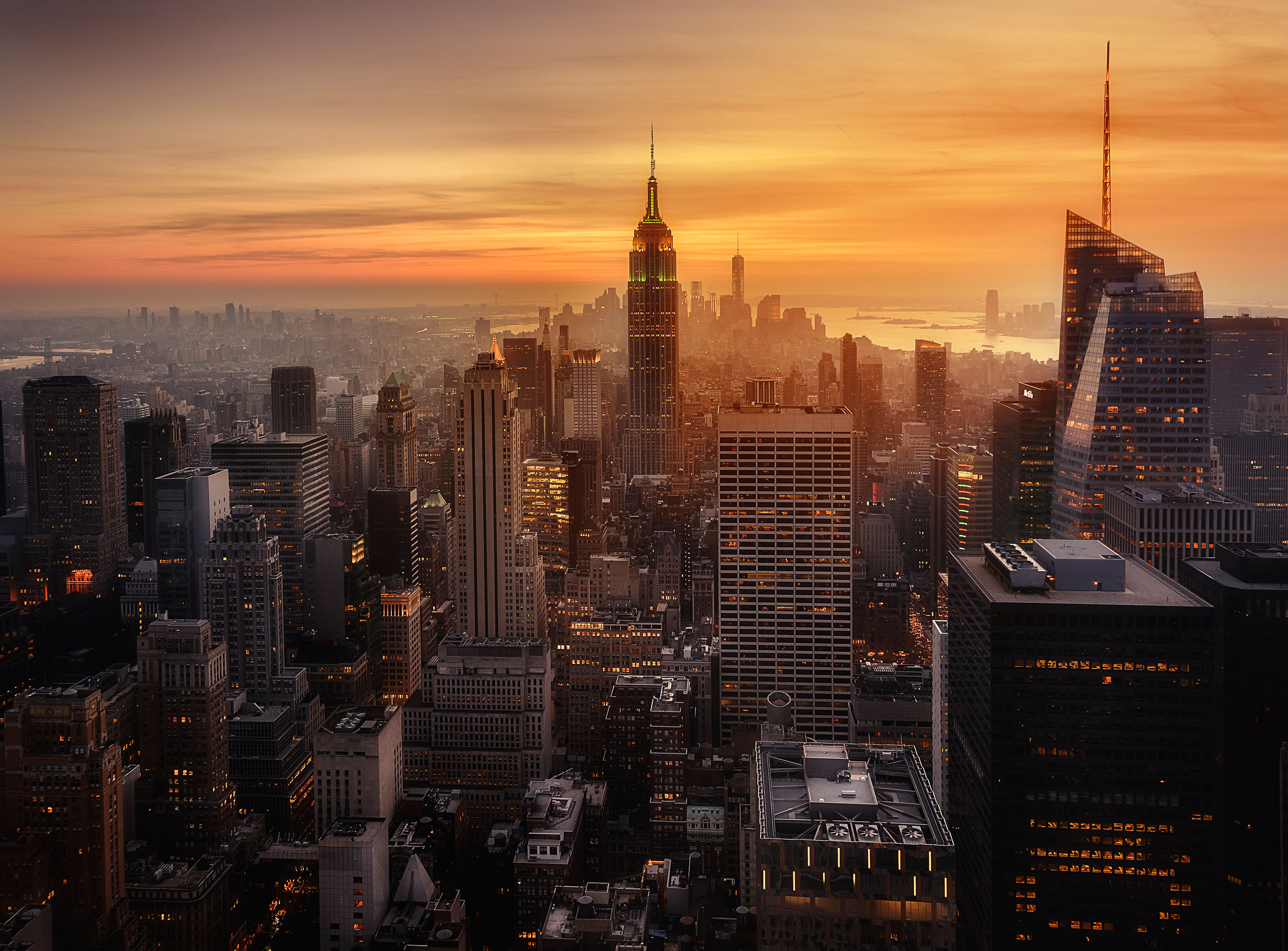
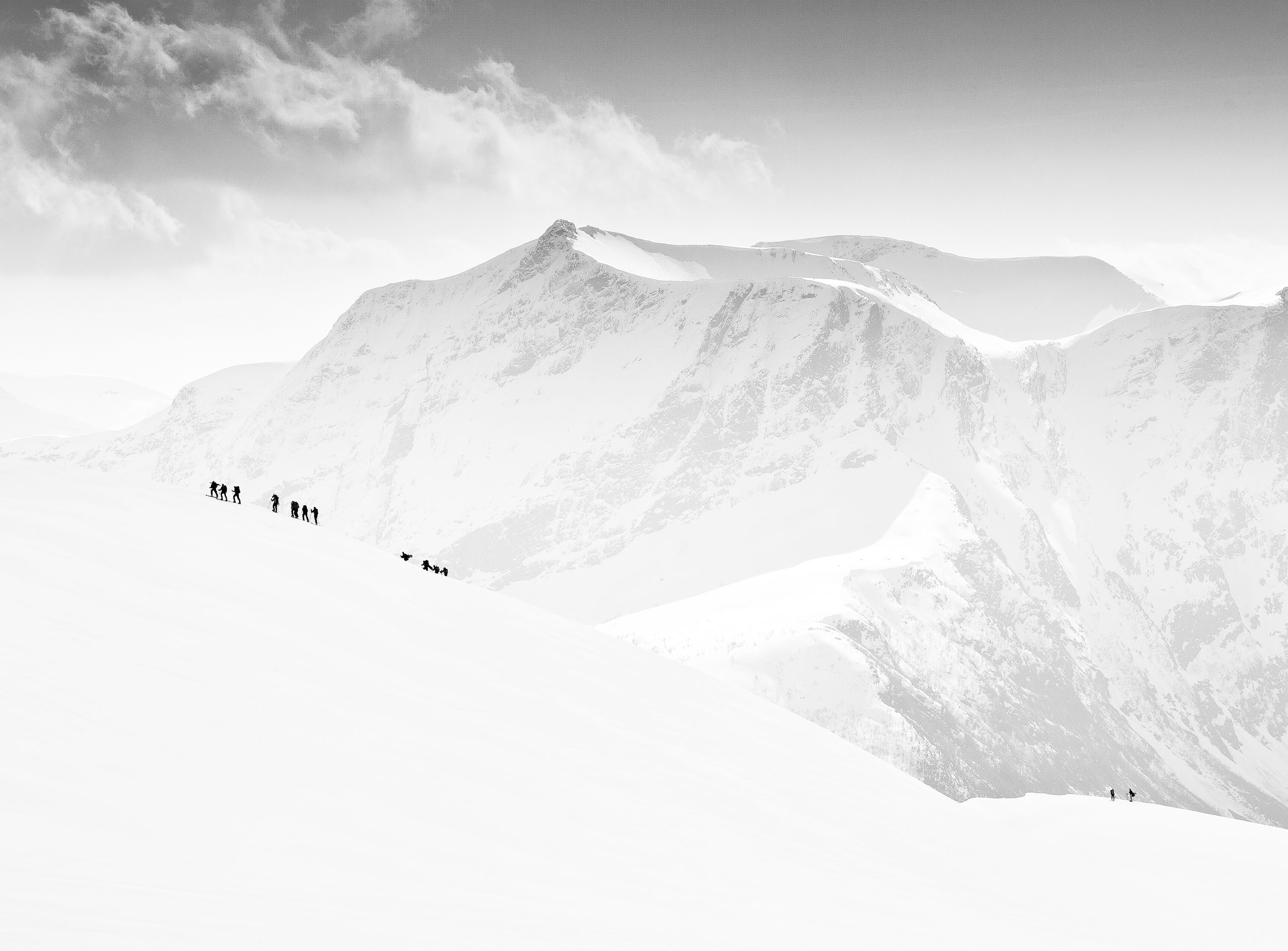
|
|
|
|


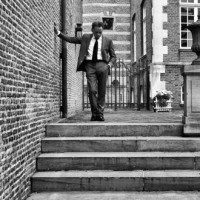
We are very proud to present Joel Tjintjelaar, a black and white fine art photographer from the Netherlands who has won several international awards (IPA 2010, IPA 2011 and IPA 2012) and specializes in black and white long exposure and architectural photography, as our first featured master guest photographer! Big thanks to Yvette Depaepe for inviting Joel and interviewing him! More images by Joel after the interview!
As a famous photographer there are many different ways to make a living. Joel recently released together with Formatt-Hitech a signature edition IRND filter set carrying his name and signature. At the moment Joel teaches long exposure and architectural photography workshops around the world together with the Vision Explorers team that he co-founded 1 year ago with other international award winning photographers. Joel also teaches private and online workshops focused on architectural fine-art photography and his black and white workflow using his own iSGM method of B&W conversion. Joel’s iSGM B&W conversion workflow and long exposure techniques are explained in-depth in a video tutorial co-produced with German WebTV company FOTOTV.COM that has been released in May 2013.
Last but not least, Joel recently released a book called “From Basics to Fine Art – Black and White Photography - Architecture and Beyond” together with the architect, fine art photographer and 1x member Julia Anna Gospodarou, which can already be ordered and has received excellent reviews. You can find more information about Joel and his work on his website which also contains many tutorials on long exposure and black and white photography.
I have been following and admiring your work since 5 years now, Joel. Can you tell me what first drew you to photography?
For me it started with cinematography and my love for the old black and white movies. I was fascinated by the mood and drama that was created in black and white movies. The same fascination is evoked by photography and especially B&W portrait photographs from famous artists like Yousuf Karsh, Irving Penn and Avedon with whom it all started for me.
Whether it is architecture, landscapes, portraits or still life, your work is exclusively black and white photography. What made you choose for it and why are you so drawn to it?
I’ve been asked this question many times and I didn’t always give the same answer since in retrospect I believe that it’s a combination of all those answers that draw me to black and white. I think that the following summarize my answers very well:
1) Colours distract from you want to convey, it distracts from the composition and also the subject.
2) B&W is similar to mystery and magic,
3) B&W is another step away from reality and therefore one step closer to a more unique and personal artistic expression. See also Q3.
4) I can’t express myself in colours.
5) B&W is my visual language, my artistic native language that I speak and understand without any effort.
6) Ultimately photography is all about light or absence of light. If you work in B&W then that’s exactly what you’re working with: light or absence of light without the distraction of colours. I either enhance the light or reduce it by creating shadows. B&W is the perfect medium for that.
What are your thoughts about Fine Art Photography, about the meaning and processing of your images and why you are you so drawn to long exposure photography?
My personal thoughts on fine art photography are by no means meant as an ultimate definition on what it exactly entails. But in my view fine art photography doesn’t have the intention to merely document and record reality. Ion one hand its main goal is to evoke an emotion, any emotion, by using objects from the real world as a symbol, or as Stieglitz describes, as an Equivalent for the inner world and to express this to the external world. This is quite theoretical but Stieglitz’ theory makes a lot of sense. I’m using architectural objects in my photographs as a symbol because I have this connection with architecture that dates from when I was a kid. I always wanted to be an architect (but ended up as a criminal lawyer) and have this awe for beautiful and grand architecture. They impress me and inspire me. So there’s a subconscious reason why I chose to shoot architectural subjects.
I have this feeling that I can convey an idea or an emotion with it since I’m closely connected to it. I also have this more personal view on fine art photography on the other hand: I believe that fine art or any other art is the unique expression of an artist: an expression of his personal vision, whether this has any relationship with objective reality or not, is not important. It can be anything real or surreal. The uniqueness of this vision though, is an important element. How to achieve that? My personal approach is that the more you move away from objective reality, the closer you get to the essence of the artist and to his personal and unique view on the world he lives in. Simply because when you move away from an objective reality, that can be experienced by anyone, the thing that you’re left with at the end is something very unique, something that resides within the artist only. That’s why I try to move 3 or more steps away from reality to express my vision.
First step away from reality is to remove colours and use black and white only. Black and white tones aren’t the colours of objective reality.
Second step away from reality is to use long exposure techniques to reveal an invisible world behind the real objective world: water turns to smooth surfaces, clouds will look as streaks of clouds, people will look like ghosts. So far nothing really special, many photographers utilize these techniques these days.
My third step away from reality is more personal: I try to create presence in my images and subjects. When I capture an architectural object with my camera then the result isn’t similar to what I have personally seen. The dynamic range of a camera, even the very expensive ones, will never match the greater dynamic range of the human eye. This effect is amplified by the personal experience of the viewer. The camera sees and captures, the artist perceives and expresses. So I, as an artist, try to give architectural objects depth and volume by defining edges and altering tonal relationships. You can do that in various ways but one way is to approach your photograph as if you were drawing a black and white pencil drawing that my co-author Julia Anna Gospodarou has called Photography Drawing in our recently published book: you start with a blank sheet and then add lines. The result is very 2 dimensional. When you add shadows and highlights then the objects in your drawing will start to come alive and will get 3 dimensional. The same for a photograph: usually photos look very flat and 2 dimensional. But when you start adding shadows or highlights, just like the human mind perceived it, they will get depth and will become 3 dimensional. If you want to know more on creating presence and the concept of Photography Drawing, then read the specific sections in our book From Basics to Fine Art in which we go in detail on these concepts.
But it doesn’t stop here for me with step 3. I also addeda fourth step to move away from reality to come closer to my unique view: I manipulate or shape the light in my photos. I emphasize or decrease light in my photos quite considerably to either conceal a subject or to give a complete different appearance and presence to specific subjects in my images. This way I can remove visual noise in my images without cloning them out by covering them in shadows where there were no, or just a little, shadows at all. If you do this consistently then a common object can get a completely different look and meaning. I’m working on ways to move away from reality even more. Conclusion: if you combine my view on fine art with Alfred Stieglitz’ view on fine art then I can say that fine art is the unique personal expression of the artist’s inner world, using symbols from the objective world, meant to evoke an emotion.
Who are the photographers / artists that have inspired you the most and how has your appreciation of their work affected your approach of your own photography?
When I look at the photographers who inspired me the most then they’re not the typical B&W long exposure photographers but the classic B&W portrait photographers like Irving Penn, Richard Avedon and Yousuf Karsh. But also B&W fine art photographers like Ralph Gibson. They were the ones who got me into B&W photography in the first place. As for other artists who inspired me: they were mostly painters from the Dutch school like Vermeer and Van Gogh.
May I ask you about your thoughts on how your process works from the choices you make before you press the shutter till the choices you make in the digital darkroom?
Before I start shooting I always have something in mind what I want to do with a specific subject. I try to prepare as good as possible by finding out more on the specific subject I’m shooting. Things like: who is the architect of the building, what did he try to express with that building? These are things that can help me in capturing the essence of a building and therefore help me express my own vision on photography in general and this building in particular. If it’s not a building I’m shooting like a still life photograph, then obviously these things are less important. In that case it’s more a case of playing with shapes and light. And how well I always try to prepare myself, sometimes you encounter things that you didn’t prepare for but that evokes a thought or emotion inside of you. If that happens I shoot intuitively.
In any case, composition is paramount for all these subjects and depending the subject compositions can vary. But there are always a few recurring elements in my work: minimalism and light. If I shoot a cityscape then it’s hard to think that these can be minimalistic too, but they can, simply by the way you compose it and by the way you process it: I always intend to remove any visual noise, not by cloning out things but first and foremost to create a composition that removes all unwanted elements in-camera and secondly by ‘silencing’ the visual noise in post processing. I do that by darkening elements that can distract, and emphasizing those parts that I want the viewer to look at and I do that by using selective contrasts. I very rarely remove elements by using the clone tool. My approach to fine art photography, is that it is important to impose your own personal vision onto a photograph and never restrict yourself to the limitations of your camera or even to the limitations of reality. I’m not a documentary or news photographer, I do not need to restrict myself to objective reality, if such a thing exists.
Speaking of post processing, I red that you can spend upwards of 40 hours processing one image! Can you tell us some more about your post processing workflow?
I’ve developed my own method of B&W post processing that is based on 2 essential elements in a B&W photograph: light and shapes and the need to control both to control the result of your B&W photograph. I control shapes by creating very accurate selections of a specific main subject in my photograph. And I control light by creating luminosity masks and by using the gradient tool in my photographs. Combine those elements and you have complete control over the tonality and depth in your photograph. I’m not bound by the original colours in a photograph, these are things that I completely ignore. I’m only bound by the shapes and the light but by altering light in my photographs I can alter the perception of a shape and therefore subject in my photograph. I spend a lot of time altering tonal relationships in my photos by making white what once was black and vice versa or something in between.
I also spend a lot of time shaping the light in my photographs: I create shadows where there were no shadows before and I create light where there were only dark grey tones. If I do the latter I basically create depth and volumes in my photographs. Just like I would approach a pencil drawing: adding shadows and light or removing them on a blank sheet of paper. This is described extensively in our book From Basics to Fine art by my co-author Julia Anna Gospodarou. Creating all these accurate selections to control the shapes, the shaping of light by using luminosity masks and gradient tools to transfer my vision onto a photograph takes up a lot of time: often more than 40 hours per photograph. But this is not just editing time, a lot of the time I spend on just sitting with an image, staring at it and trying to evaluate it. Sometimes I would just leave it for a day or two, get back to it and see if it still appeals to me or that it would need some changes.
You have found your own and unique style in Fine Art Architecture Photography and has inspired a movement. You developped your own iSGM method of B&W conversion and released together with Formatt-Hitech a signature edition IRND filter set carrying your name. Can you tell us some more about these achievements?
Well, I just tried to come up with something very personal and along the way developed the tools that I needed to express this personal vision. But I found out at some point that I was particularly attracted by Long exposure photography and minimalism. This is something you will see in all my work. At the same time they had to be B&W photographs, since that’s the visual language I find myself most attracted to and in which I can express myself effectively. I wanted to have a specific effect in my photographs that reflects my personal vision and I couldn’t find the tools that could create those effects.
Part of what I wanted to create is described in the previous question: I wanted to control shape and light. Something I couldn’t achieve with the tools available. Especially when you want to create smooth transitions between darker and lighter tonal values, there was no tool that gave me the results I wanted. So I developed my own methods of B&W conversions which is the iSGM method. As for the filters: at some point I think people noticed me and my long exposure photographs and when I announced the first fine art architectural workshop in NYC with Vision Explorers Rod Clark from Formatt-Hitech approached me and introduced the filters to me and we started to collaborate. This collaboration eventually resulted in the JT signature edition filter kits.
What is your overall vision and approach to fine art architecture photography?
I have no specific vision for architectural photography other than that architectural subjects to me are the perfect subjects to express myself with. I do have a specific approach to fine art photography that I already described in this interview. But architecture together with B&W and long exposure photography form my visual language, you could say it’s my native artistic tongue. I chose architecture since I can express my ideas of moving away from reality and shaping the light, in an optimal way with architectural subjects. Probably Stieglitz is right if he says that you choose a subject that symbolizes something from your inner world that you try to express: it’s part of an Equivalent.
I have noticed that your work is split up into different series, each with its own theme. How do you come up with the themes for your series and how do the themes impact your shooting?
Working in themes forces you to create coherence and uniformity in your work. It also forces you to think about what you try to express with a single photo since it should be related to other work from that series, not so much from a subject matter point of view but from a more conceptual point of view. It’s not easy to find a theme but I always try to find something that I can relate to. I’ve always been fascinated by architecture, by the interplay between shadows and light and those are aspects around which I try to build a theme. It’s easier if you try doing that by first relating it to something that speaks to you.
You are teaching long exposure and architectural photography workshops around the world together with the Vision Expolorers team. Your target is to teach others to reach their own vision. Can you tell us some more about this project?
It started with me and workshop organizer Daniel Portal in 2011 when he approached me to do a landscape workshop in Argentina with his own workshop studio. I found that very attractive. But once we started discussing and working on the first Argentina workshop I felt more comfortable doing such a workshop with another B&W fine art photographer to help me with handling larger groups and with whom I felt connected from an artistic point of view. That was Sharon Tenenbaum. Then I came up with the idea to do something different: teaching a fine art architectural workshop in an interesting city like New York since I felt more attracted to architectural photography and at that time there was no other similar fine art architectural workshop with multiple instructors. From there on we started working on that idea and at some point decided we wanted to work on the intersection of cinematography as well to bring even more variation to our workshops. That was when we brought Armand Dijcks into our workshop group. In 2012 we did our first workshop in NYC which became a big success and we called ourselves Vision Explorers from that moment onwards because that’s what we wanted to do more than just taking nice photographs: finding our vision in architectural photography.
Are there more goals that you wish to achieve in the future?
I want to focus portrait photography and on cinematography in the near future, it’s where my love for B&W photography started.
And finally, if you were to sum up yourself and your thoughts about photography into a few simple words, what would those words be?
I'm Joel, I try to make something beautiful out of a primary need to create and be accepted and recognized, out of a deeply rooted passion, out of a need to be more than an insect on the face of eternity ! Exactly that!
One more question: may I ask your personal vision on 1X as a home base for talented photographers?
A few years ago I wanted to upload some photos to 1x.com but for some reason I couldn’t upload my photos. I’ve tried a few times but it simply didn’t work, I’ve stopped trying but enjoyed looking at all the great photos on 1x.com. It’s the place to go if you want to see high quality photos from talented photographers all over the world.
 | Write |
 | Ben Goossens ✝ PRO Respect Joel:-) |
 | Mieke Suharini Fabulous works and very nice to know you treat a picture, Joel. I never have enough patience for this kind of photography, Just can read and admire your beautiful works and stories behind the masterpieces. Thank you for such great interview and of course thanks to Yvette for providing us the details on each questions for you to answer. Best Regards! |
 | Steven Fudge PRO Thanks Joel and yvette great Q and A, now to finish reading the book…
|
 | Julia Anna Gospodarou A beautiful, very honest and inspiring interview, like all Joel's interviews. Congratulations and so good to see you here on 1x. Many thanks also to Yvette! What a great idea to interview Joel and such great questions! :) |
 | A Almulla Thanks Joel for sharing your thoughts and thank you Yvette for the interesting interview. |
 | Anne Worner A fabulously interesting interview. Thanks so much to Yvette for her work on this, and also to the guest photographer Joel Tjintjelaar. |
 | Christian Roustan (Kikroune) All my congratulations to Yvette for this very interesting interview, it was also a pleasure to discover Joel Tjintjelaar and his remarkable work. |
 | Edoardo Gobattoni Thanks for the interesting interview !!! |
 | Hans Martin Doelz CREW Very inspiring interview ! Many thanks to Yvette and Joel :-) |
 | willem Thanks Yvette for inviting Joel and thanks Joel for this wonderful interview , I follow you about 3 years now and for me you're a master in photography, thanks again !!!! |
 | Jef Van den Houte CREW Great interview. A lot of interesting things to read. Thanks Yvette
|
 | Yvette Depaepe CREW My special thanks to Joel Tjintjelaar for this great interview.
I highly recommend everybody who is interested to have a look on the book “From Basics to Fine Art – Black and White Photography - Architecture and Beyond” (link at the beginning of the interview). Soon we will publish a review !!!
|
 | Klaus-Peter Kubik | KPK PRO Wonderful and most interesting as well as inspiring interwiew of one of my most favourite photographers.
Thanks very much, Yvette and Joel :-) |